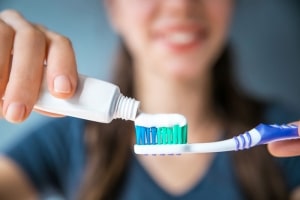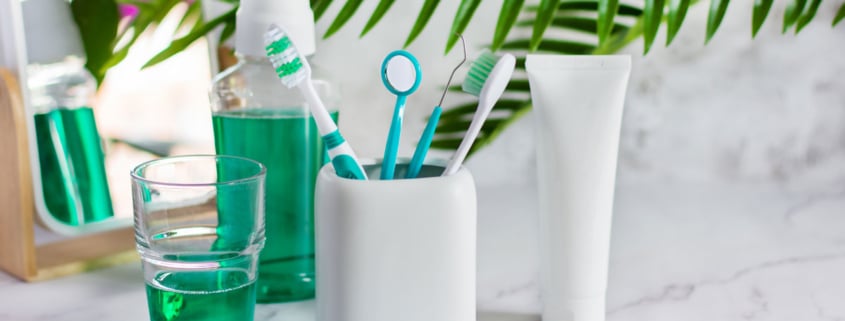7 Oral Hygiene Tips For Better Teeth
While you may think you’ve got it all covered by brushing your teeth every day, a little more effort is necessary for an outstanding smile and oral health. Here are 7 oral hygiene tips you can start implementing today for better teeth tomorrow.
1. Use an adequate brushing technique
 When getting rid of the leftover food particles left around your teeth after a meal, a quick brush won’t do. The American Dental Association (ADA) offers a series of oral hygiene tips regarding a proper brushing technique.
When getting rid of the leftover food particles left around your teeth after a meal, a quick brush won’t do. The American Dental Association (ADA) offers a series of oral hygiene tips regarding a proper brushing technique.
First, your brush should be held at a 45-degree angle facing your gums, so that the brushing is done along the sides and tops of the teeth. The brush should be held vertically and stroking along the backs of the front anterior teeth, so that the most vulnerable places are targeted.
Brushing must be done for at least two minutes at a time, so be sure you’ve reached it all before you’re done.
2. Pick the right brush
A major oral hygiene tip is making sure you’ve picked the right brush. Usually, for adults the right brush will be a small or medium-sized one that is small enough to reach the cracks in your molars where debris usually hides.
3. Floss properly
When it comes to flossing, the same effort should go into it as brushing does. An 18” piece of floss will do the work as you wrap it up around each tooth in a “C” shape and rub against the surface of the teeth in order to remove all of the bacteria that accumulates in between them.
4. Use a mouthwash
An ADA approved mouthwash is a great way to reach the parts of your teeth that brushing and flossing didn’t cover. By adding mouthwash to your oral hygiene routine, you’re ensuring you’ll get the most thorough clean possible, while protecting the gums and avoiding conditions such as gingivitis.
5. Properly clean and change your brush
While covering your toothbrush is unnecessary and unrecommended, the ADA stands that this may actually increase bacteria growth, you should clean it properly after every use by rinsing it with water and leaving it to air dry. Remember to change your brush after three or four months so it can do its job more efficiently.
6. Use a tongue scraper
You may find a ridged area on the back of the head of your toothbrush. This is called a tongue scraper and is meant to be used on your tongue to remove remaining bacteria after you’re done brushing. Adding this extra step to your oral hygiene routine will ensure fresh breath and a bacteria free mouth.
7. Stop snacking
One of the most important oral hygiene tips to consider is to give up snacks. Sugary snacks are especially harmful because sugar feeds bacteria living between your teeth and encourages it to reproduce.
Having a midnight snack after already having brushed your teeth can be harmful. This will make the bacteria and debris stay in your mouth the entire night, a long enough time for them to spread around.
Follow these oral hygiene tips and incorporate them into your daily routine so you can take direct control over your oral health. Along with regular dental checkups, following these oral hygiene tips will ensure your mouth stays clean and healthy, and your smile shining.






